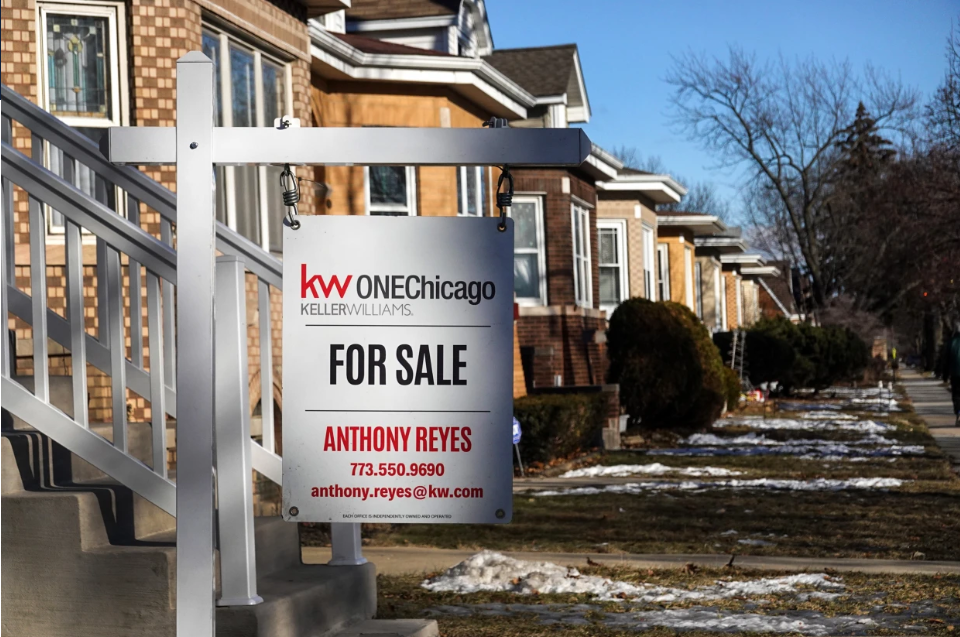Wyoming Ranks 13th Nationally for Rodent Infestations in Households

As winter settles in, rodent infestations have become a growing concern in homes across the United States, Douglas Budget reports.
With colder temperatures prompting mice and rats to seek shelter indoors, many households are battling unwanted visitors. According to recent data from the American Housing Survey, Wyoming is among the states with higher rates of rodent problems, with 16.9% of homes in the state reporting infestations, ranking 13th nationally.
Nationally, an estimated 11.6% of households face rodent issues each year, impacting roughly 16.2 million homes. These infestations are more than just a nuisance—they also present significant health risks, including the potential spread of diseases like hantavirus, leptospirosis, and salmonella, as well as aggravating asthma and allergies, especially in children. Rodents also cause structural damage by gnawing on insulation, walls, and wiring, sometimes sparking electrical fires.
Wyoming’s relatively high rodent infestation rate can be attributed to several factors, including the age of homes, local climate, and the state’s mix of rural and urban areas. The average median year of home construction in Wyoming is 1980, and older homes are particularly susceptible to rodent invasions due to deteriorating materials and more entry points for pests. Additionally, homes in rural areas tend to be more vulnerable than those in urban areas, with single-family homes offering easier access for rodents compared to apartment buildings, which are common in more densely populated areas.
Interestingly, rodent problems are more prevalent in less urbanized counties. While urban areas generally report lower infestations, the situation in Wyoming follows a similar trend. With 62% of the state’s population living in urban areas, Wyoming still experiences a significant level of rodent activity, particularly in older homes and rural locations.
Regional climate also plays a role in infestation rates. Colder states, especially those in the Midwest and Northeast, report the highest percentages of homes affected by rodents. These areas, including Wyoming, experience harsh winters, which drive rodents indoors in search of warmth. In contrast, warmer states like Florida and Arizona report much lower infestation rates, as milder winters reduce the need for rodents to enter homes.







